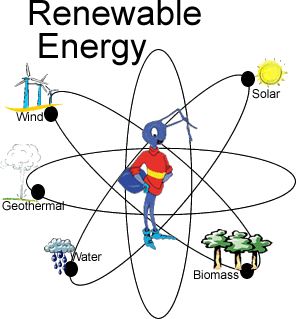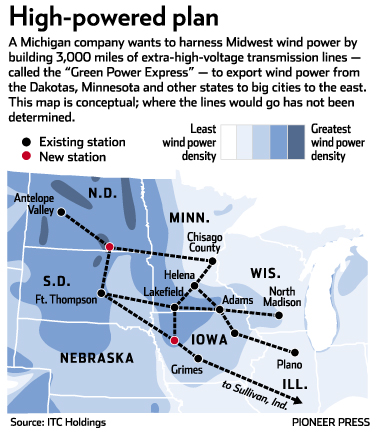Renewable energy refers to energy sources that are natural, continuous, and large. This includes solar energy, wind energy, water energy, geothermal energy, and bound biofuels. The downside to renewable energy sources is that they typically need a substantial amount of infrastructure to extract appreciable power. As an example, collecting solar energy requires expensive solar panels. Harvesting wind energy needs wind turbines. Obtaining energy from flowing water requires dams, and therefore on. These days, renewable energy is poorly exploited. Most countries bring less than 10% of their power from renewable energy sources. Fossil fuels are easier to return by, and they at the moment return more power per dollar invested in extracting them. Sure countries, like Iceland, bring as a much of as 99% of their power from renewable energy sources, but this is often because they are located conveniently in areas where there is abundant geothermal activity. For different countries to transition to renewable energy can need significant investments and beginning costs. In order to do this, we need to identify hurdles to it. One is stated above: lack of a good infranstructure and lack or plenty of geothermal activity.



